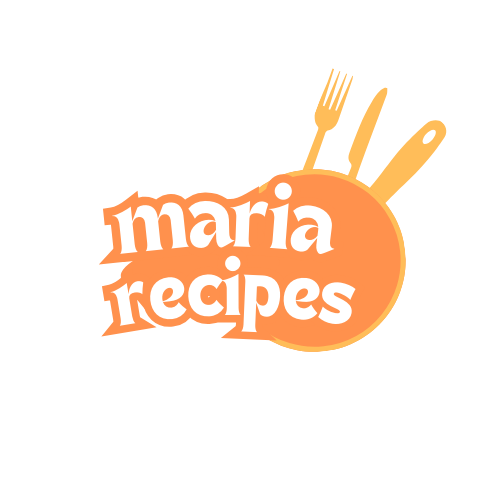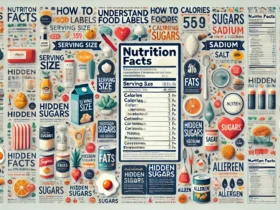Food labels can feel overwhelming, but they’re an essential tool for making healthier choices. This guide will help you decode them step-by-step. 🥦🍎
1. The Nutrition Facts Panel
This is where you’ll find essential details about a product’s nutritional content. Key sections to focus on include:
- Serving Size:
- Look for the serving size and the number of servings per container. All nutritional values are based on one serving.
- Tip: If you eat more than one serving, multiply the numbers accordingly.
- Calories:
- Pay attention to the calorie count per serving. This can help you manage your daily intake if you’re tracking calories.
- Macronutrients:
- Fats: Includes total fat, saturated fat, and trans fat. Aim for low saturated fat and zero trans fat.
- Carbohydrates: Includes dietary fiber and sugars. Opt for higher fiber and lower added sugars.
- Protein: Look for protein content to meet your dietary needs.
- Micronutrients:
- These include vitamins (like Vitamin D) and minerals (such as calcium, iron, and potassium). Percent daily values (%DV) indicate how much a serving contributes to your daily intake.
2. Percent Daily Value (%DV)
- What It Means:
%DV is based on a 2,000-calorie diet and shows how much a nutrient in one serving contributes to your daily needs.- 5% DV or less: Low in that nutrient.
- 20% DV or more: High in that nutrient.
- Focus on foods high in fiber, vitamins, and minerals and low in saturated fat, sodium, and added sugars.
3. Ingredients List
- How to Read It:
Ingredients are listed in descending order by weight, so the first few items make up the majority of the product.- Look for whole, recognizable ingredients like “whole grain oats” or “real fruit.”
- Avoid products with long lists of artificial ingredients or added sugars (like high-fructose corn syrup).
- Hidden Sugars:
Sugars can go by many names: cane sugar, agave nectar, dextrose, maltose, and honey. Be mindful of these when scanning the ingredients.
4. Claims on the Package
These claims can be confusing. Here’s what they really mean:
- “Low Fat”: Contains 3g of fat or less per serving.
- “Reduced Sodium”: At least 25% less sodium than the regular product.
- “Organic”: At least 95% of ingredients are organic (no synthetic pesticides or GMOs).
- “Natural”: No formal definition, but it often means no artificial ingredients.
- “Whole Grain”: At least 50% of the grain ingredients are whole grains.
5. Allergens
Look for the “Contains” statement for common allergens like peanuts, tree nuts, milk, eggs, wheat, soy, fish, and shellfish. Products must clearly list these allergens if they are present.
6. Added Sugars vs. Natural Sugars
- Added Sugars: Found in processed foods like sodas, snacks, and baked goods. Aim for less than 25g/day for women and 36g/day for men.
- Natural Sugars: Naturally occurring in fruits, vegetables, and dairy. These are generally healthier options.
7. Sodium Content
- Daily Limit: Aim for less than 2,300 mg of sodium per day.
- High-sodium foods can contribute to high blood pressure, so look for low-sodium or no-salt-added products.
8. Serving Size vs. Portion Size
- Serving Size: What’s listed on the label.
- Portion Size: How much you actually eat. Be mindful of the difference to avoid underestimating calorie and nutrient intake.
9. Recognizing Additives and Preservatives
- Common additives include preservatives (BHA, sodium benzoate), colorings (Red 40, Yellow 5), and flavor enhancers (MSG). While most are safe, consider reducing processed foods for a cleaner diet.
10. Front-of-Package Labels
- These are marketing tools and often highlight one aspect of the product (e.g., “High Protein”) while ignoring others (e.g., high sugar content). Always refer to the Nutrition Facts Panel for a complete picture.
Quick Tips for Healthier Choices
- Scan the Ingredients: The fewer, the better.
- Limit Added Sugars and Sodium: Check the %DV.
- Compare Products: Use labels to choose options with lower calories, fats, or sugars.
- Focus on Fiber: Aim for at least 3g of fiber per serving for cereals and snacks.
By understanding food labels, you can make healthier, informed choices that align with your dietary goals. Next time you’re at the store, take a moment to read the label—it’s worth it! 😊










Leave a Reply